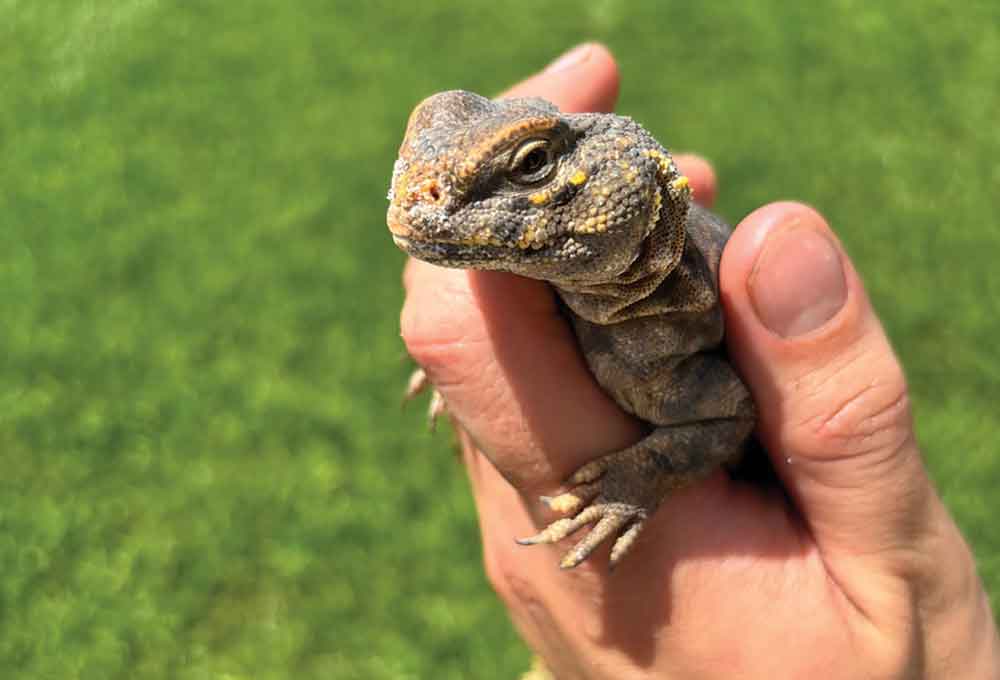All reptiles, regardless of peak time of activity, obtain benefits from ultraviolet (UV) supplementation.
All reptiles, regardless of peak time of activity, obtain benefits from ultraviolet (UV) supplementation. Many reptiles require UVB for the creation of Vitamin D within the body, which then subsequently helps with calcium metabolism. Additionally, other wavelengths of UV such as UVA help stimulate the eyes of reptiles, as some of their cone cells in their eyes respond to this wavelength of light. UV supplementation thus enriches the life of a reptile.
There are many commercially available UV bulbs present for reptiles. Each bulb has their pros and cons, and different enclosure designs will be able to utilize the different types. Mercury vapor bulbs are great as they provide both heat and UV radiation. They can be an easy way to ensure that your reptile gets the thermal and UV gradients they require. However, the coverage of UV radiation can be lacking and they are not safe to be used within an enclosure, so typically only work with a screen top enclosure.

Let your reptiles hang out in the sun every now and then.
Fluorescent UV bulbs do not provide any heat, so need to be paired with basking bulbs; however, they can provide more consistent levels, especially as the tube UV bulbs. The tubes especially provide a larger area of coverage compared to the compact fluorescent bulbs as well. Additionally, these kinds of bulbs can be placed within an enclosure. For UVB LEDs, some products may output different UV strengths at different times, mimicking the different levels reptiles experience at sunrise, midday, and sunset. However, you’ll have to do research as some brands can produce too much UVC or have UV outputs much higher than what they are marketed for.
Again, each UV light has its pros/cons, and whichever light you use will depend on your enclosure and species. It’s important when designing your enclosure to have the heat and UV on the same side of the enclosure. Forcing a reptile to choose between heat and UV can lead to stress and chronic nutritional diseases. This is supported by the fact that the sun, the natural source of heat for all reptiles, also provides all the wavelengths of light as well.
For more on UVB, visit our article on “Reptiles and UVB” at http://bit.ly/4epGaHZ
With that said, the sun is the most potent and the best source of UV for your reptile. Trying to get them out as much as possible- ideally daily- provides them a lot of benefit. If your climate can accommodate, housing reptiles outdoors permanently is a great option. Care needs to be taken when taking reptiles outside for the first time. Some reptiles may act more erratic and “wild” when outside, due to seeing the world in a completely different way. This outdoor time provides another way for us to enrich the lives of our pet reptiles!
Eric Los Kamp, DVM, is an exotic animal and wildlife veterinarian at Winter Park Veterinary Hospital in Winter Park, Florida who has aspirations to board certify in reptile/amphibian medicine. In addition to being a member of the Association of Reptile and Amphibian Veterinarians (ARAV), he is an avid Ackie monitor keeper.



